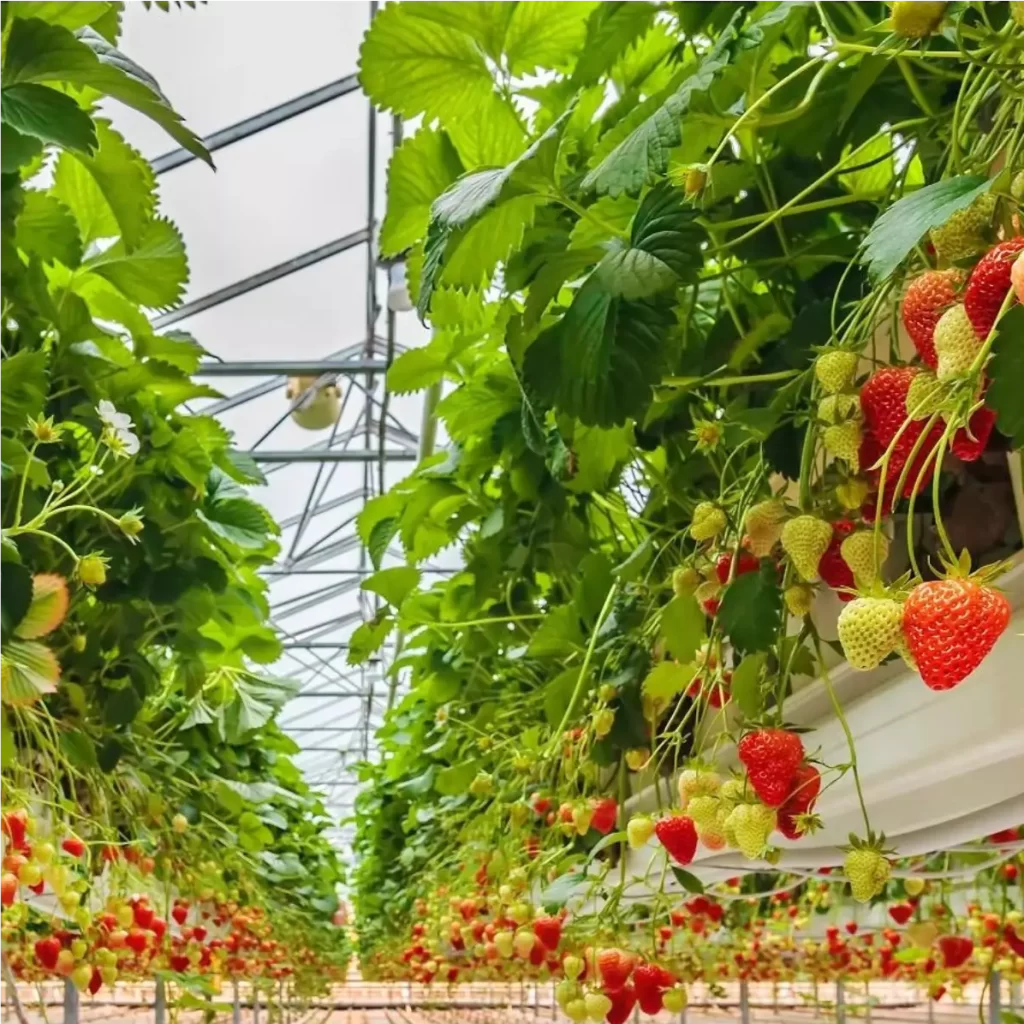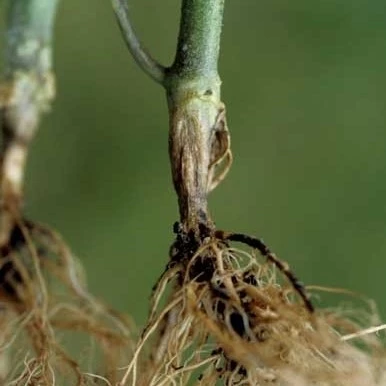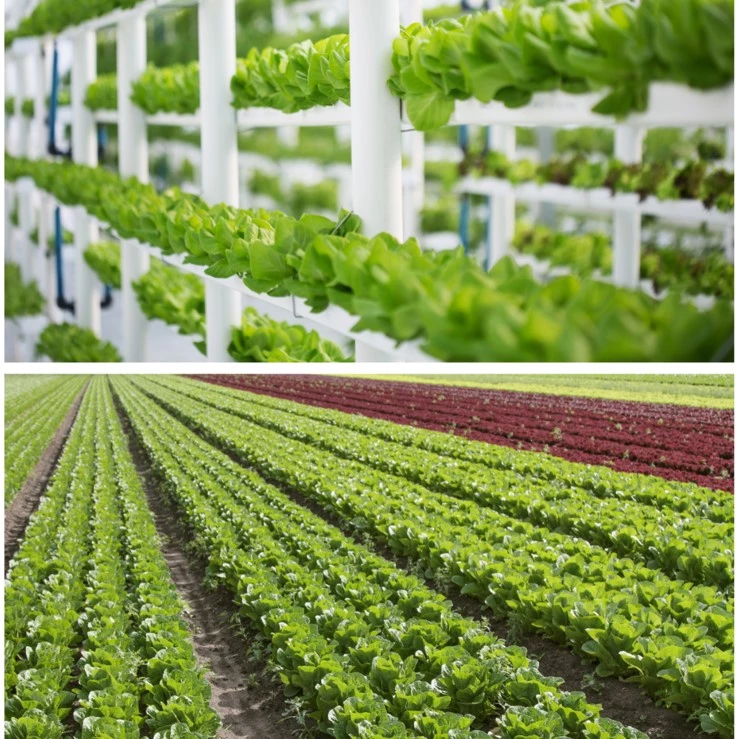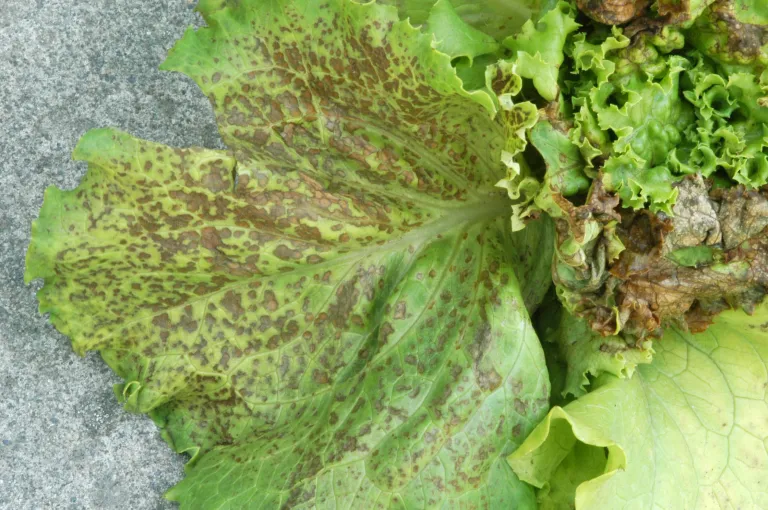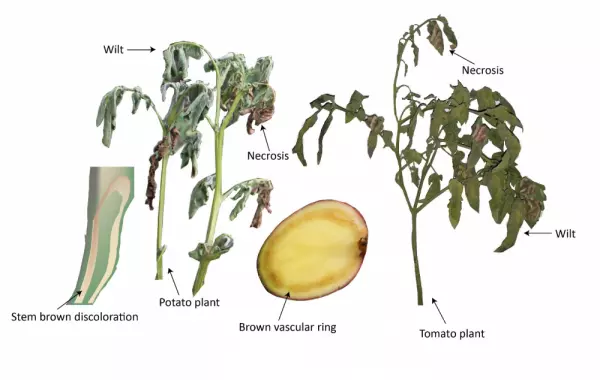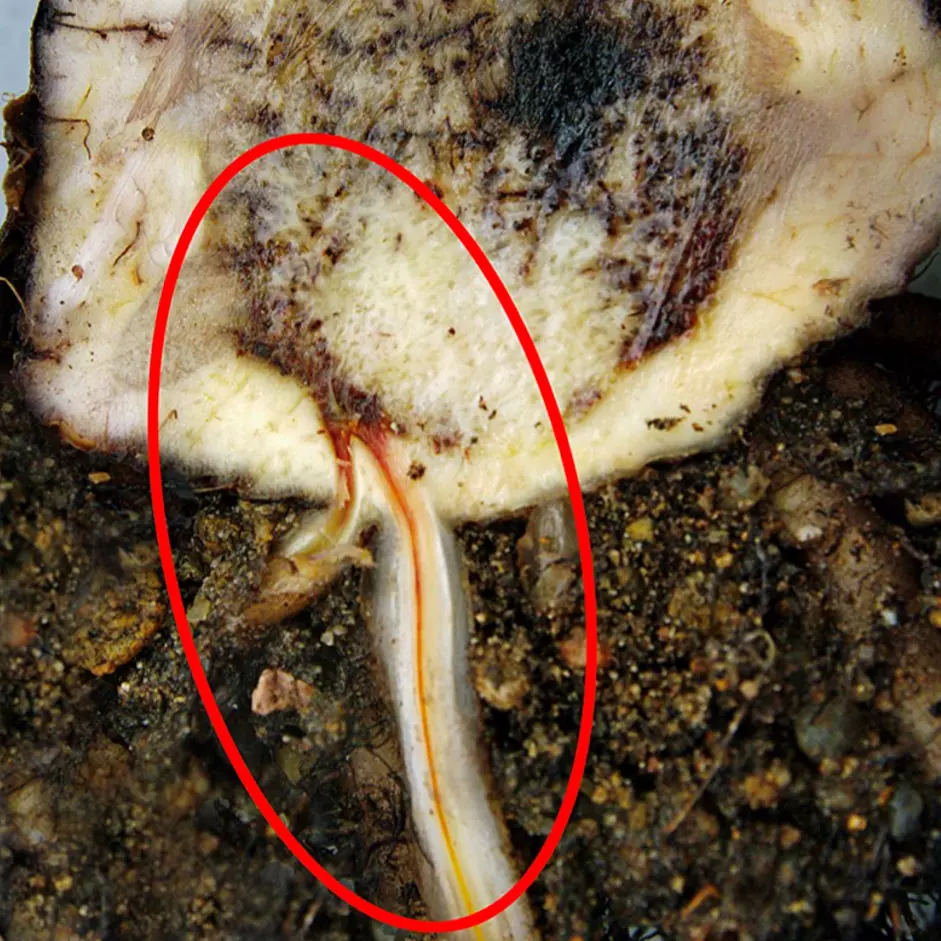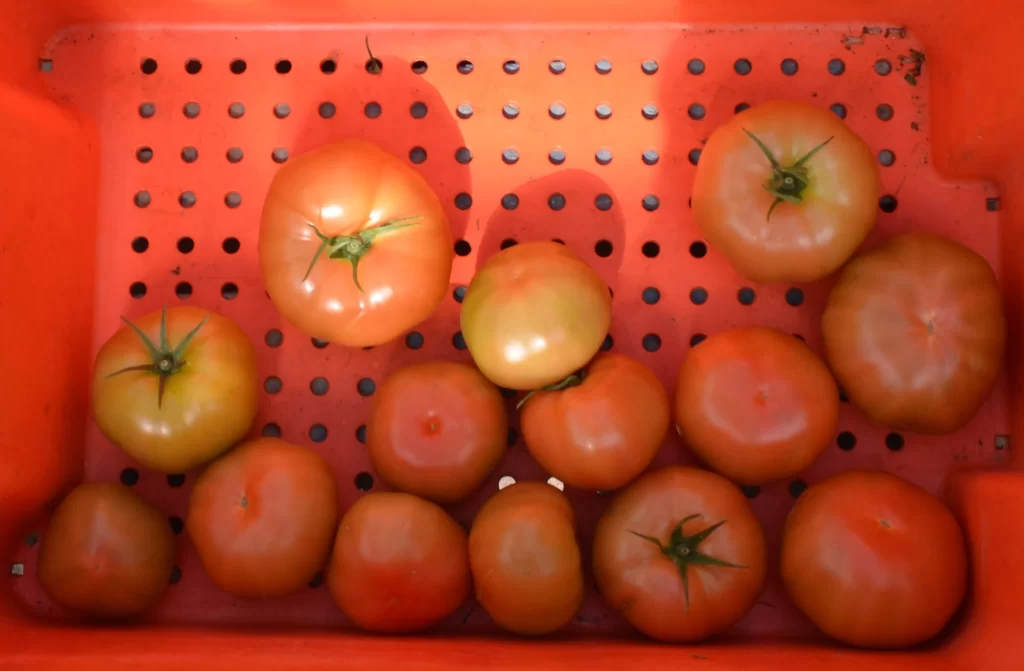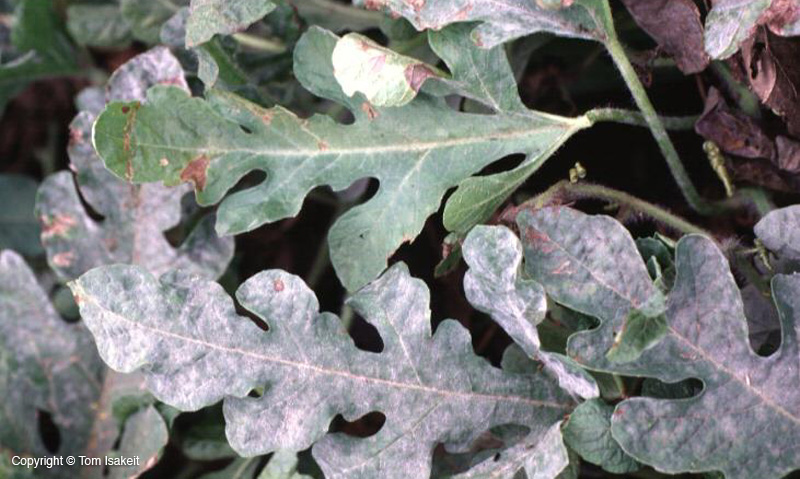Cutting the Greenbelt puts Ontarians’ food security at risk This past weekend, grassroots organizations and residents of all ages across Southern Ontario bundled into their coats and tuques to rally and raise signs saying “Save the Greenbelt” and “Keep the Green” while chanting “Hands off the Greenbelt!”. A palpable sense of frustration for the need […]
The Rise of Hydroponic Strawberries With an increased prevalence of pathogens in various crops and a development in hydroponic technology, it seems that hydroponic strawberries have become a popular crop among growers. There are many benefits to both growers and Canadian consumers regarding hydroponic strawberries. We will look at some of these benefits and what […]
Rhizoctonia solani What is Rhizoctonia solani? The fungus Rhizoctonia solani is a soilborne pathogen that spreads in wet and warm conditions. It infects many economically vital plants—including greenhouse vegetables, ornamentals, and field crops [1, 2]. Crops affected by this pathogen include peppers, lettuce, potatoes, tomatoes, rice, soybeans, wheat, lilies and turf grass. In fact, it […]
Written by: Becky Anderson Published by: David Santos Hydroponic vs. Soil Cultivation Hydroponic farming mitigates many issues and stressors that traditional farmers face. These issues can include reliance on the weather, soil erosion, poor drainage, and unsuitable soil compaction or nutrient density. Hydroponic farming allows for less usage of water than irrigation systems. Hydroponics not only recycle […]
Impatiens Necrotic Spot Virus An emerging threat to greenhouse vegetables Impatiens necrotic spot virus first emerged in floriculture and nursery crops [1] and is now affecting and causing considerable losses to these greenhouse-grown vegetable crops such as cucumber, tomato, pepper, and lettuce [2]. An economic analysis done on two lettuce growers in the Salinas Valley […]
Written by: Becky Anderson Published by: David Santos Ralstonia solanacearum What is Ralstonia solanacearum? The bacterial pathogen Ralstonia solanacearum is a Gram-negative, soil-borne bacterial pathogen that causes bacterial wilt and brown rot in potatoes. This bacterium belongs to a complex of four groups called phylotypes. These groups are known as the R. solanacearum species complex (RSSC). Each […]
Written by: Becky Anderson Published by: David Santos What is Fusarium oxysporum? Fusarium oxysporum is a fungus which can cause root rot, crown rot and, most commonly, wilting in a wide variety of crops such as basil, lettuce, cannabis and tomatoes (Figure 1). Wilting caused by F. oxysporum is known as Fusarium wilt and is a common […]
Tackling ToBRFV in hydronic systems Most tomato growers have become very familiar with the Tomato Brown Rugose Fruit Virus (ToBRFV). A few months ago, we published a blog post about the damage the virus is causing worldwide. Between then and now, we developed a qPCR test called Pathogen Mini to help detect the virus in […]
Beneficial microbes have been the talk of the town over the past few years, but what are they and how do they work? This post dives into the world of microbial beneficials and what that means for the health of your crops. What are beneficial bacteria? Beneficial bacteria are naturally occurring bacteria typically found in […]
Written by: Becky Anderson Published by: David Santos What is Podosphaera xanthii? Podosphaera xanthii is a pathogenic fungus which causes “powdery mildew” on plants, especially cucurbits [1]. The naming of this fungus is not standardized, and you may also know it as Podosphaera fusca, Sphaerotheca fuliginea or Sphaerotheca fusca [1]. In addition to P. xanthii, powdery mildew […]



